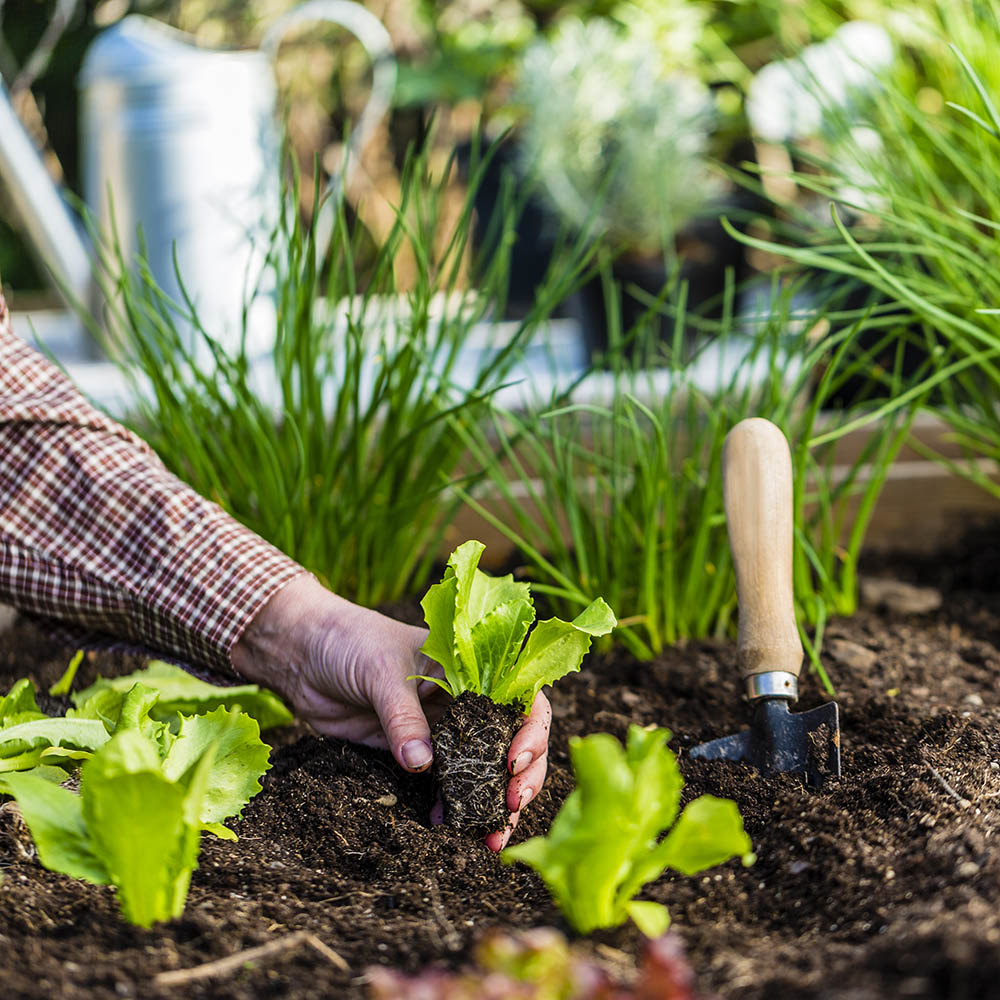Planting a vegetable garden is fun. It can be easy and rewarding. You can grow fresh food. Plus, you can enjoy the outdoors. This guide will help you get started. Let’s learn how to plant a vegetable garden step by step.
Why Grow a Vegetable Garden?
There are many reasons to grow a vegetable garden. Here are some:
- Fresh vegetables taste better.
- You save money on groceries.
- It’s good exercise.
- Gardening helps the environment.
- You can teach kids about nature.
Choosing the Right Location
Choosing the right spot is important. Here are some tips:
- Look for a sunny place. Most vegetables need six to eight hours of sun.
- Choose a flat area. It makes planting easier.
- Avoid areas with too much shade. Trees can block sunlight.
- Check the soil. Good soil is key for growth.
Gather Your Supplies
You will need some tools and supplies. Here is a list:
- Seeds or young plants (seedlings)
- Garden soil or compost
- Shovel or garden spade
- Rake
- Watering can or hose
- Garden gloves
Preparing the Soil
Now let’s talk How to Preparing Soil for garden? Good soil is very important for your garden. Here’s how to prepare it:
- Clear the area of weeds and rocks.
- Use a shovel to turn the soil. This helps air get in.
- Add compost or garden soil. This adds nutrients.
- Rake the area smooth. Remove lumps and bumps.
Choosing the Right Vegetables
Choosing the right vegetables is fun. Think about what you like to eat. Here are some easy vegetables to grow:
- Tomatoes
- Carrots
- Lettuce
- Radishes
- Beans
Planting Seeds
Now it is time to plant your seeds. Follow these steps:
- Check the seed packet for instructions. It tells you how deep to plant.
- Make small holes in the soil. Use your finger or a stick.
- Place one seed in each hole. Cover it with soil.
- Water the area gently. Do not wash away the seeds.
Transplanting Seedlings
If you have seedlings, here is how to plant them:
- Make a hole in the soil. It should be a bit bigger than the seedling pot.
- Carefully remove the seedling from its pot.
- Place the seedling in the hole. Make sure the roots go down.
- Fill the hole with soil. Press it gently around the plant.
- Water it well. This helps it settle in.
Watering Your Garden
Water is very important for plants. Here are some tips:
- Water your garden every day, especially in hot weather.
- Water early in the morning or late in the evening.
- Make sure the soil is moist, not soggy.

Credit: www.homedepot.com
Weeding and Mulching
Weeds can take nutrients from your plants. Here’s how to control them:
- Check your garden regularly for weeds.
- Pull weeds out by the roots. Do this gently.
- Use mulch to cover the soil. It helps keep weeds away.
Fertilizing Your Garden
Fertilizer adds nutrients to the soil. Here’s how to use it:
- Choose an organic fertilizer. It is better for the environment.
- Follow the instructions on the package.
- Spread the fertilizer around the base of the plants.
- Water the plants after fertilizing.
Pest Control
Pests can harm your plants. Here are some ways to keep them away:
- Check plants regularly for bugs.
- Use natural sprays if needed. Look for organic options.
- Encourage good bugs, like ladybugs. They eat pests.
Harvesting Your Vegetables
Harvesting is the best part! Here’s when and how:
- Check your plants often. Each vegetable has its own harvest time.
- Use scissors to cut vegetables. This keeps the plant healthy.
- Pick vegetables in the morning for the best flavor.
- If you want to know, then click here How to-cut lettuce from garden?
:strip_icc()/raised-bed-vegetable-garden-flowers-ae7c6810-a1b16206fb2848bab1b58f3e45f335cd.jpg)
Credit: www.bhg.com
Storing Your Vegetables
After harvesting, store your vegetables properly. Here are some tips:
- Wash vegetables before storing. This keeps them fresh.
- Keep them in a cool, dark place.
- Use paper bags for some vegetables. It helps them breathe.
Learning and Improving
Gardening takes time and practice. Here are ways to learn:
- Keep a garden journal. Write down what works and what does not.
- Ask friends or family for tips. They may have good advice.
- Join a gardening club. You can learn from others.
Frequently Asked Questions
What Vegetables Are Easy To Grow For Beginners?
Lettuce, radishes, and tomatoes are great for new gardeners. They grow quickly and need little care.
How Do I Prepare My Soil For Planting?
Start by removing weeds and rocks. Then, mix in compost to add nutrients.
What Is The Best Time To Plant Vegetables?
Plant vegetables in spring after the last frost. Check your local frost dates for accuracy.
How Often Should I Water My Vegetable Garden?
Water your garden deeply once a week. Increase frequency during hot, dry days.
Conclusion
Planting a vegetable garden is a fun adventure. You can enjoy fresh food and nature. Remember to choose the right spot, prepare the soil, and water your plants. With patience, you will see your hard work pay off. Happy gardening!



